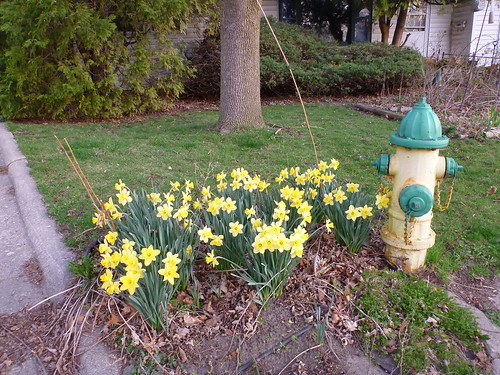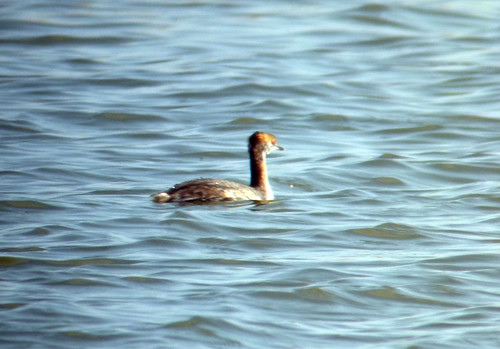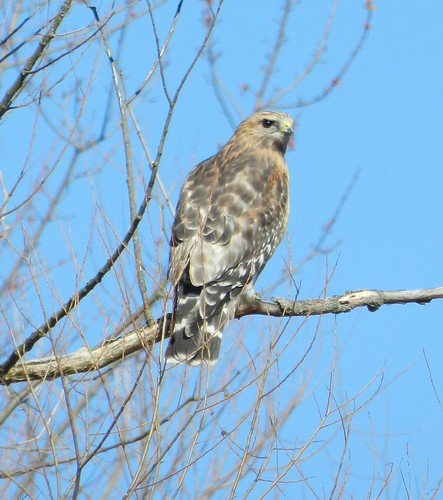The popularity of
back yard bird watching has exploded over the past few years. With increased
numbers of people searching for bird feeders, the retail industry has responded
with a dizzying variety of options.
I was in a large
hardware store recently, gazing at the wealth of bird feeders on display. A man
standing next to me with a bewildered look on his face said his wife had sent
him down to buy a bird feeder. Did I know which one he should purchase? Thus
began a 20 minute conversation about what kind of birds were in his yard (he
didn't know), the variety of bird foods, and why this particular feeder would
work for finches, that one for jays, and so on.
While the number of
available feeders can be overwhelming to a new birder, the prices can be equally
daunting. Like Halloween and Valentine's Day, the retail sector has turned backyard
birdwaching into a major industry. It has become more about filling their bank
accounts than feeding the birds, and that is just wrong.
Birds want food. They
don't need, or care about, pretty little ceramic daisies or feeders designed to
look like mini-mansions, complete with windows (?) and high price tags.
As long as you don't
mind the neighbors asking why you have a piece of wood hanging in your tree, we
have a low cost bird feeding solution for you.
Walking the dog along
the riverbank one day, my husband noticed a piece of firewood lying on the
ground. By the time he got home, he had mentally completed his new bird feeder
design. (I've long since given up trying to figure out how his mind works...)
The wood has bark on
one side so the nuthatches and woodpeckers can hang on. He drilled a series of
holes in it of different widths (1/4" - 7/32"), to a depth of not
more than 3/4". (Bird feeding + power tool = win win from his perspective.)
A trip to the local
hardware store for some 1 1/4" screw-eyes ($1.29), and old piece of nylon
cord, and we had a new bird feeder.
He then made a paste
of chunky peanut butter and cornmeal, filled the holes with it, and smeared
some on the bark. Designed for the birds and not its esthetic value, the birds
absolutely love it.
Red-breasted Nutchatches in particular love this log, and one clever bird has even figured
out how to pull the entire plug out at once, no doubt to cache it away in some
other tree. I've seen up to three of them on the log at once, but wasn't quick enough with the camera.
Downy Woodpeckers are
in love with this log too. They sit on it and nosh for about 10 minutes, moving
from hole to hole, before flying away with undoubtedly full little tummies.
It took the squirrels
a little longer to get used to this strange object in their tree. Soon however,
they were quite pleased with their new dining centre. They lick the peanut
butter off the surface in no time, and just look at all those hand/feet holds!
Happy birds and
squirrels aside, we hadn't counted on having to refill the holes every few days.
Since the nuthatch manages to pull the whole plug out, and the squirrels
virtually park themselves on the log we need to do a bit of a rethink about
what we mix with the peanut butter. Or we'll probably just get used to refilling it based on the requirements of the wildlife. Black-capped Chickadees are frequent visitors, and when the Northern Flickers discover this log, we may be looking at daily refills.
Even with the
refilling demands we like this feeder. No more trips to buy expensive bird
food, and just to be fair, we've hung a niger sock for the redpolls and finches
on the back. When the warmer weather gets here, we may even fasten an orange on
the top for the orioles.
Backyard birding
doesn't get any better than this - a low cost feeder, adaptable for many
species and cheap to refill. It also comes with the added benefit of dealing
with a gooey mess on your fingers when filling the holes - a perfect way to get
children interested in bird watching!
By Pat Bumstead



















































